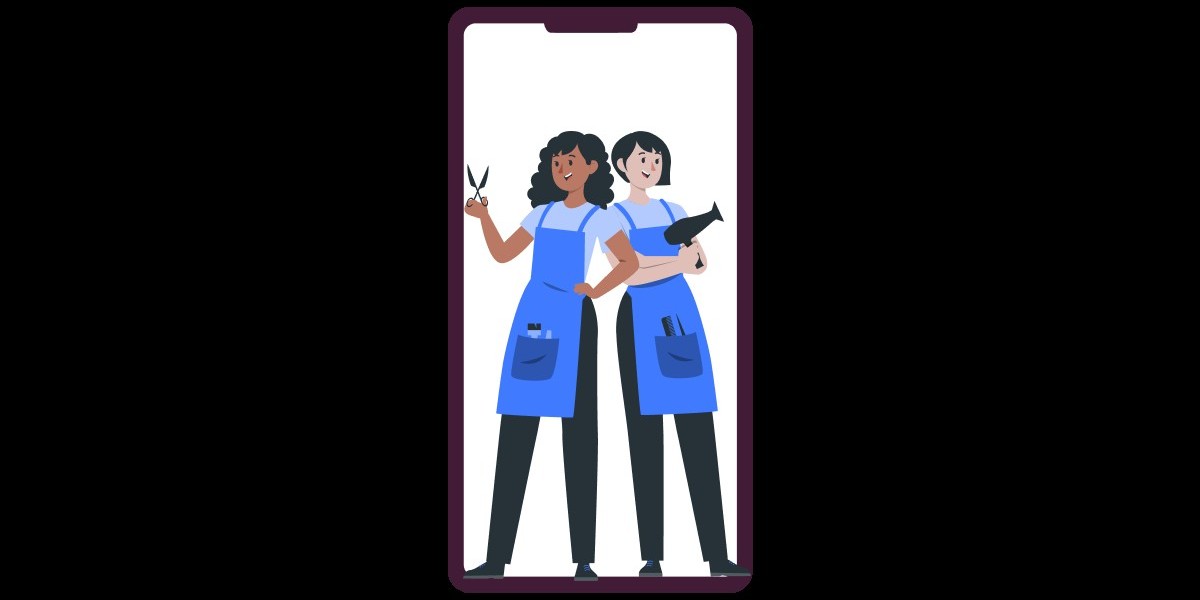The Blueprint for E-Commerce Success: Building a Shopping App MVP in Under 30
Days
Introduction
The modern world runs on convenience, and few innovations have delivered it quite like on-demand services. From food delivery to grocery shopping, the ability to get what you need with a few taps on your smartphone has become an expectation, not a luxury. The ride-hailing industry stands as a prime example of this digital transformation, completely reshaping how people commute and travel within cities.
The MVP Advantage: Focus and Speed
An MVP isn't a bare-bones, incomplete application. It's a fully functional product with only the essential features needed to solve a core problem for your target audience. The goal is to launch quickly, gather real-world user feedback, and iterate based on data, not assumptions. A crucial element of this rapid development is a strong plan for on-demand app development, which means prioritizing features that enable a user to book a ride and a driver to accept it, with all the necessary components for that transaction to be completed securely and efficiently.
A 30-Day Blueprint for Success: The Planning Phase
To achieve this aggressive timeline, you need a disciplined, weekly plan that breaks down the entire process into manageable sprints. The journey begins with the planning and design phase, where you define the core functionality of your MVP. Forget about non-essential features like carpooling, in-app chat, or elaborate referral programs.
Essential MVP Features
The key to a successful and rapid launch is to include only the features that are absolutely necessary for the app to function. These typically include:
User Registration and Profile Management: A simple process for passengers and drivers to sign up and create a profile.
Real-time Geolocation: Using a map service to track driver location and show ride progress for passengers.
Ride Request and Acceptance: The core functionality allowing a passenger to request a ride and a nearby driver to accept it.
Payment Integration: Securely processing payments through a third-party gateway like Stripe or PayPal.
Notifications: Push notifications to alert users about ride status, driver arrival, or payment confirmations.
Basic Admin Dashboard: A simple interface to manage users, drivers, and view ride history.
These core features form the backbone of any viable taxi app development project. By focusing on them, you can build a stable and functional product that satisfies the primary need of your target users.
Accelerating Development
With a clear design in hand, the development team can begin building the backend infrastructure. This is the engine of your app, handling all the logic, data storage, and communication between the passenger and driver apps.
Testing, Launching, and Iteration
The final days are for preparing for launch. This includes setting up developer accounts on the Google Play Store and Apple App Store, writing compelling app descriptions, and submitting the apps for review. If the review process goes smoothly, you can have your taxi booking app development project live and in the hands of early adopters in under a month. This rapid launch allows you to gather crucial real-world feedback to guide your future development efforts.
Final Words
Embarking on the journey of building a new application doesn’t have to be a multi-year, multi-million dollar undertaking. By embracing the MVP philosophy, you can validate your business idea and get a working product into the hands of your audience in less than a month. The key to this accelerated timeline is meticulous planning, a laser-like focus on essential features, and the intelligent use of existing technologies.
For more Info: https://www.digittrix.com/blog....s/how-to-build-a-tax










